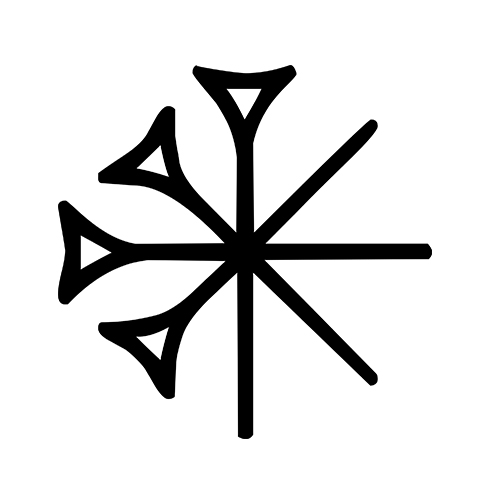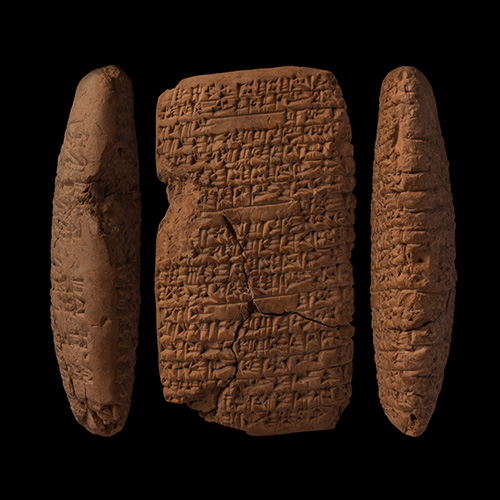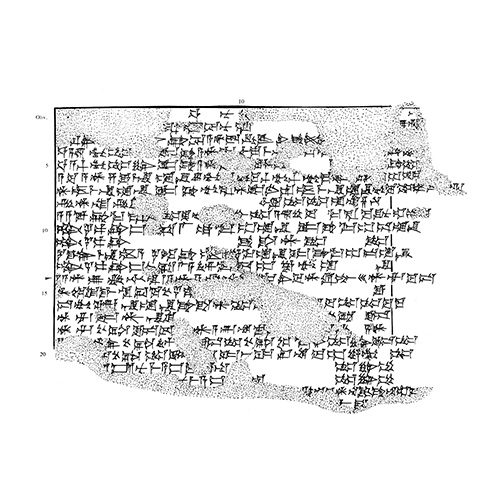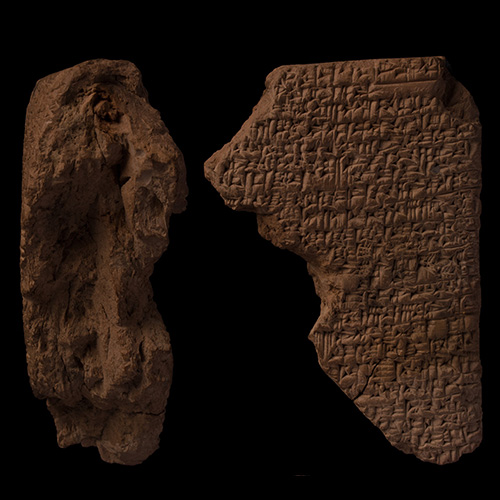About
UrOnline is a joint digitization project between The British Museum and Penn Museum that is dedicated to making available the findings from Charles L. Woolley's excavations in Ur during the 1920s.
Source: OMNIKA
Ur Online offers an insight into the unique site of Ur, near Nasiriyah in southern Iraq, and one of the largest and most important cities of ancient Mesopotamia. Excavations at Ur between 1922 and 1934 by Sir Leonard Woolley, jointly sponsored by the British Museum and the Penn Museum, uncovered Ur’s famous ziggurat complex, densely packed private houses, and the spectacular Royal Graves. Half the finds from Woolley’s excavations are housed in the Iraq Museum in Baghdad, with the other half shared equally between the British Museum and the Penn Museum. Through the generosity of the Leon Levy Foundation, lead underwriter, the Kowalski Family Foundation and the Hagop Kevorkian Fund, Ur Online preserves digitally and invites in-depth exploration of the finds and records from this remarkable site.
Source: Author or Publisher
expand_more Read more Read less
Access
External sources
Primary
Belief system

Sumerian religion refers to spiritual beliefs practiced from ca. 4500-1900 BCE in Mesopotamia, or modern-day southern Iraq. Many deities were diffused into other Mesopotamian cultures.
Belief systems cited
It looks like only the main belief system was referenced in this work.
Artifacts cited
Other works
Manuscript · 1915

The Codex Vaticanus (300-399 CE) is one of the oldest manuscripts of the entire Holy Bible and one of the four great uncial codices. It was written by three scribes in the 4th century of the common era. It contains a hand-written transcript of the New Testament and Old Testament in the Greek language. It is currently at the Vatican Library and shelfmarked as MSS Vat.gr.1209.
Library works
Contributor
Cite this work
ChicagoHafford, Brad, and Sasha Renninger, et al. UrOnline: Digital Repository of Artifacts from Ancient Ur. Created 2013. Accessed August 20, 2022. http://www.ur-online.org.










